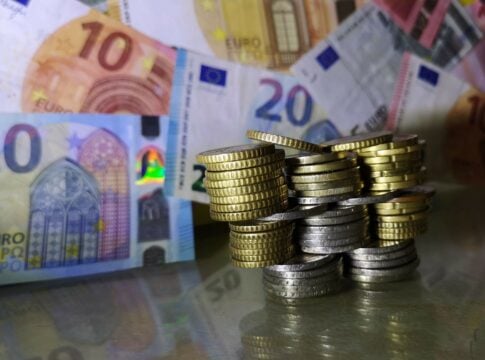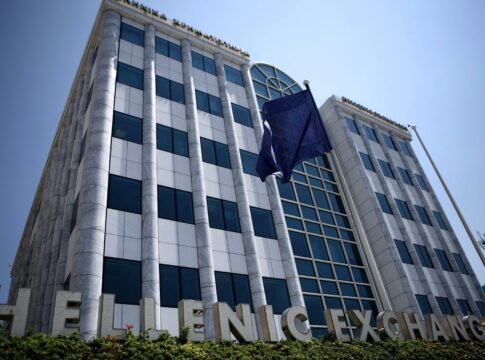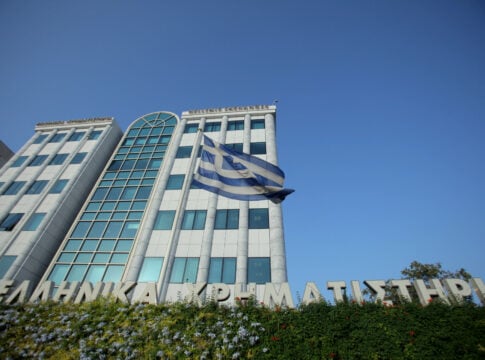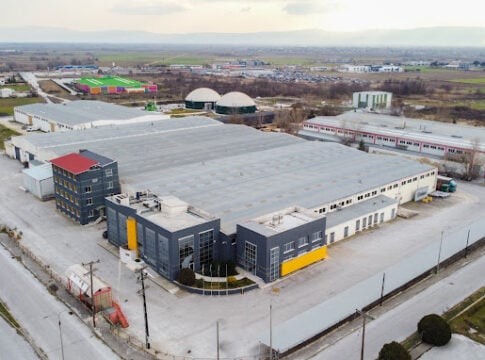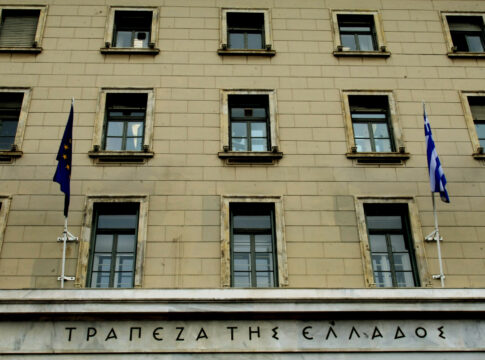By T. Tsiros
[email protected]
What was billed as a year of economic recovery, with institutions’ forecasts reaching up to 2.7 percent of GDP growth in 2017, has gone off track in the first half due to the continuing delay in concluding the second review of the Greek bailout.
At present, all significant economic indexes show the backtracking, although the independent statistical bureau on Friday announced that the GDP growth rate rose, on an annual basis, by 0.4 percent – almost a percentage point higher than the previous estimate by the same agency.
On the credit front, the Bank of Greece (BoG) reports another drop in bank deposits in the country – where capital controls, albeit loosened, are still imposed – along with an increase in non-performing loans since the beginning of the year.
Execution of the tax-laden Greek state budget is “on the edge”, while inflation has returned to the economic “mix” after years of deflation, primary due to a “tax tsunami” enacted in 2016 by the leftist-rightist government in order to meeting memorandum-mandated targets. The Tsipras government last year mostly favored direct and indirect tax hikes instead of substantive – and politically “painful” – spending cuts.
Additionally, despite a moderate increase in the value of exports, the trade balance continued to expand, after successive years of a narrowing of the gap, primarily due to falling consumption and the resulting impact on imports.
The first quarter of the year shows, by all accounts, that the country remains in recession, with the statistical bureau official figures pending to confirm the negative development.
An even more substantive level in terms of the “real economy”, the retail market show a decrease in turnover in sectors such as fuels and super market sales.






